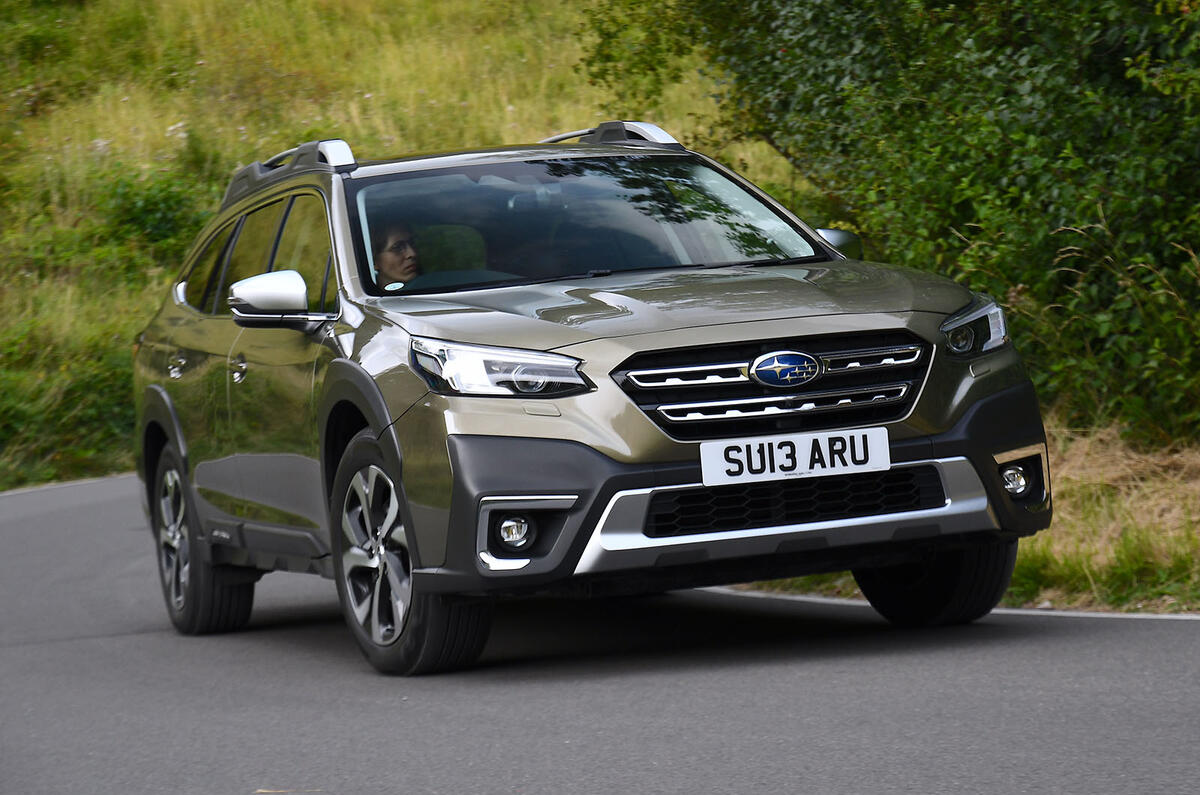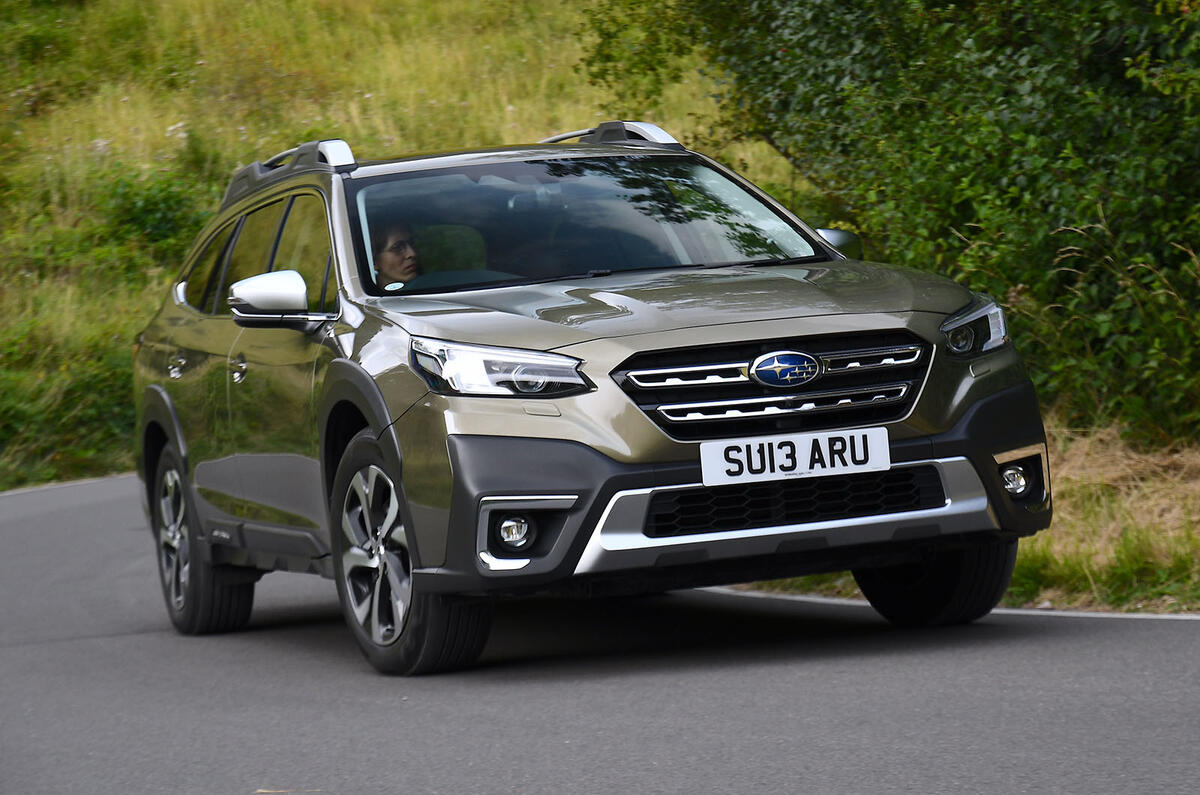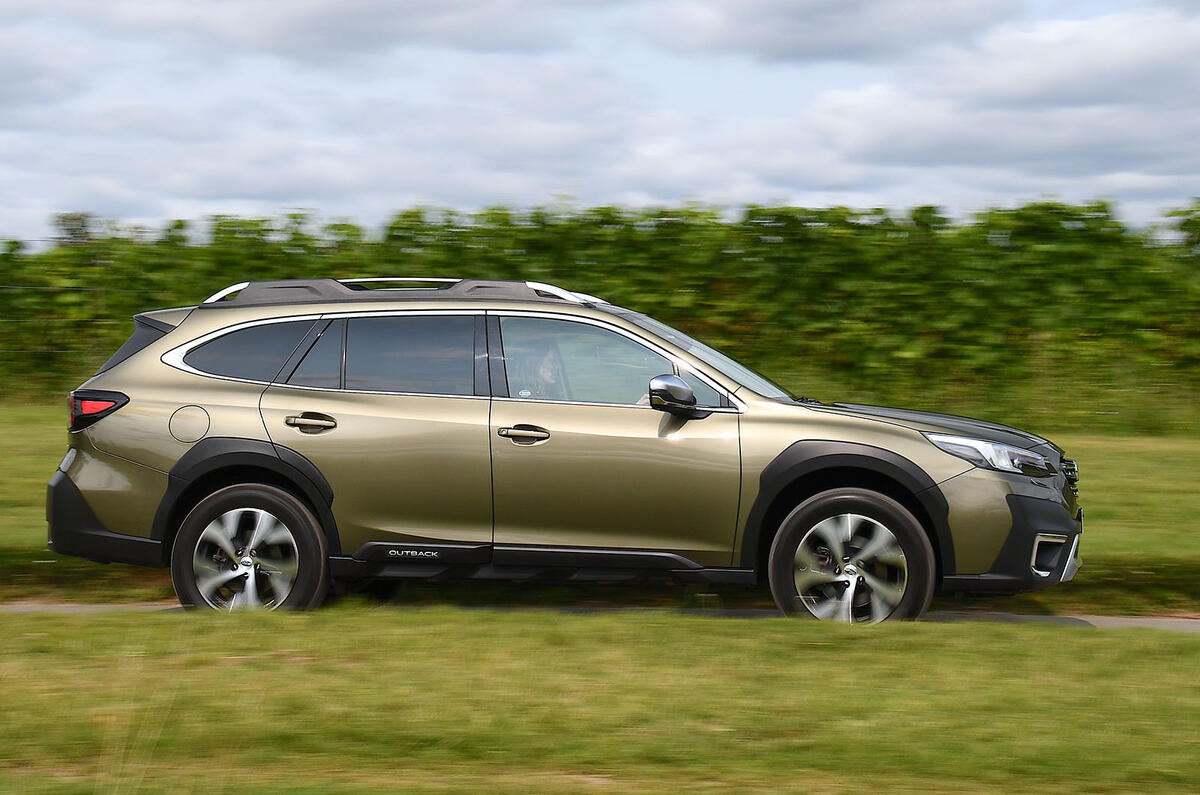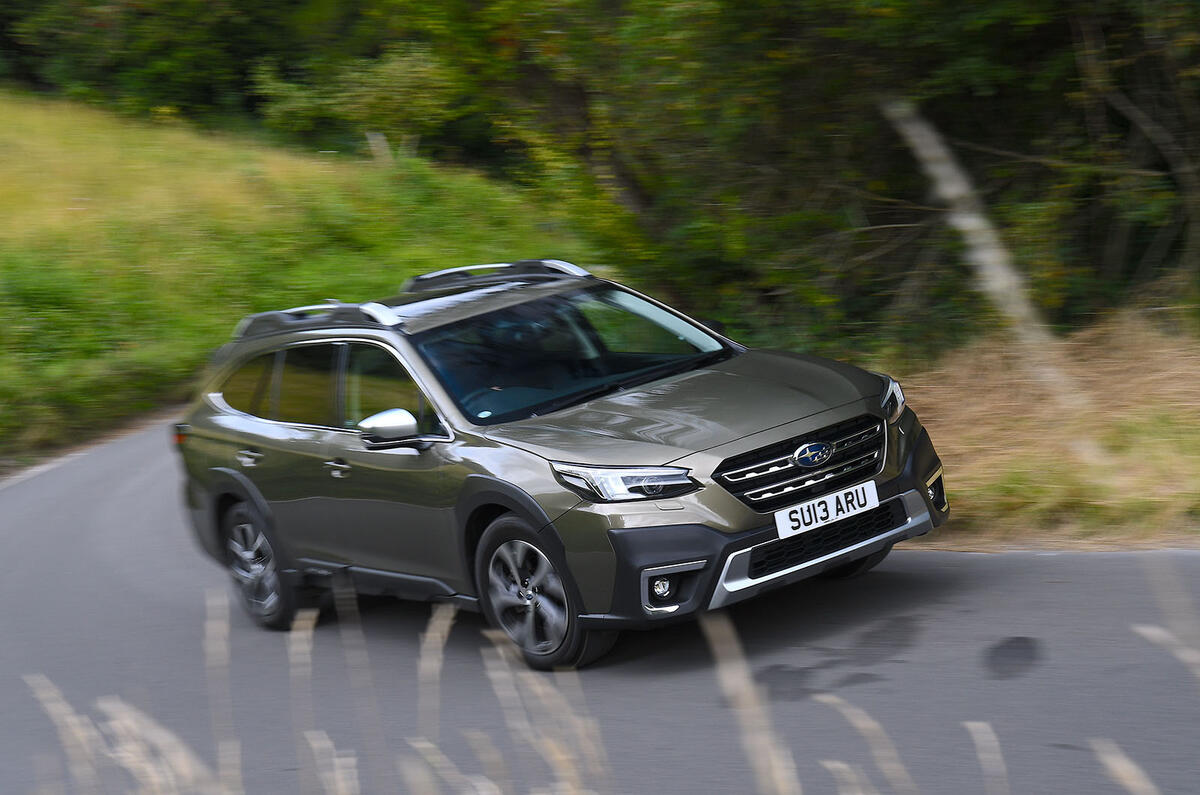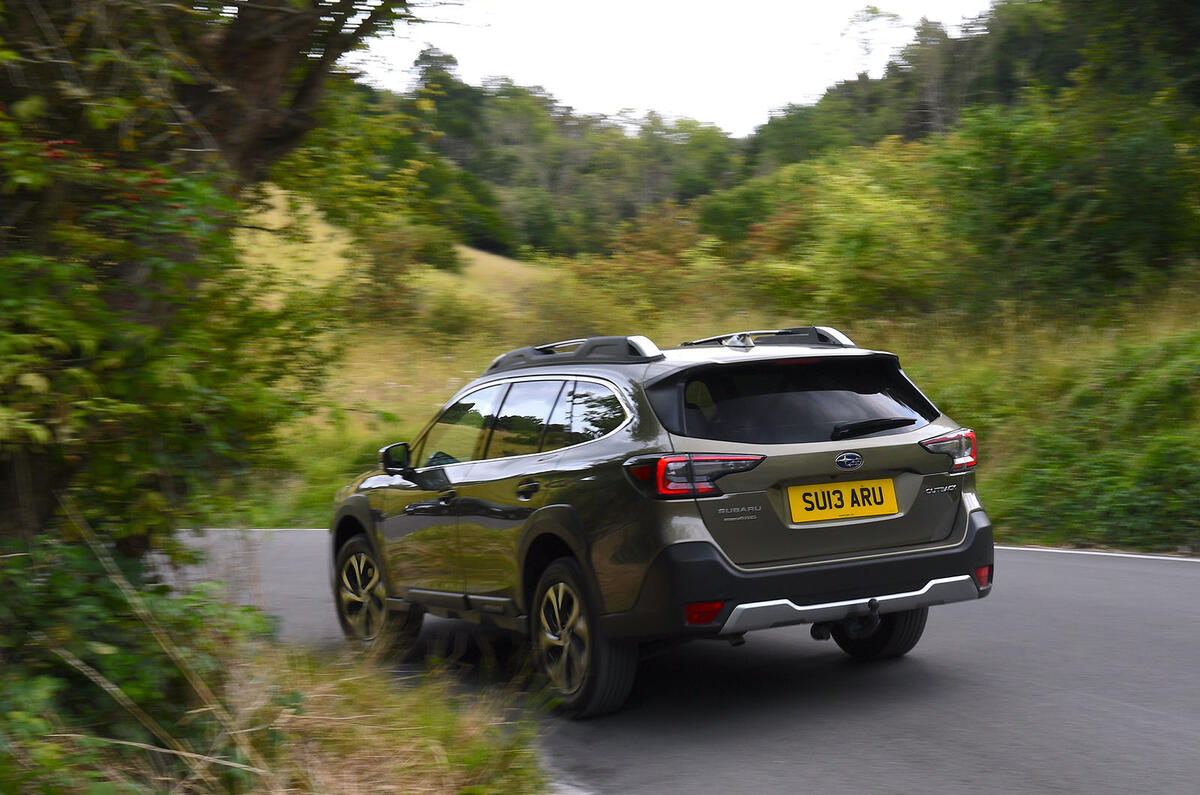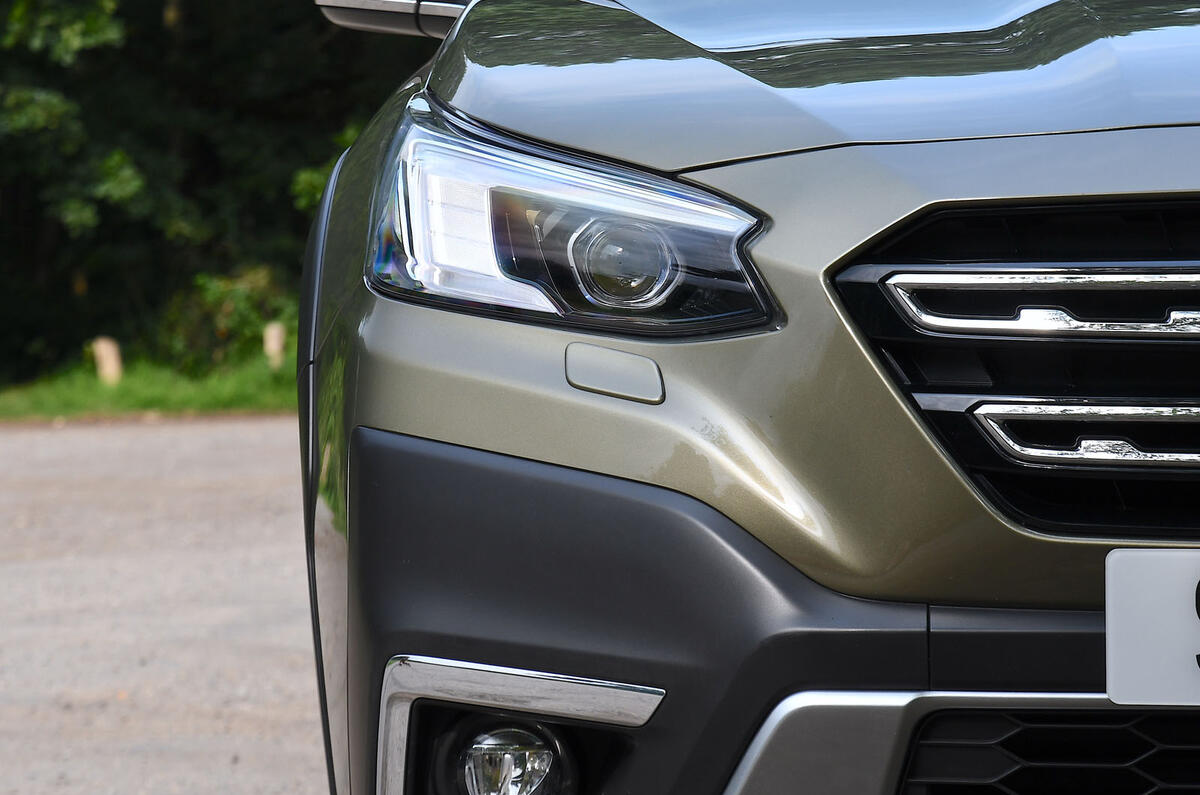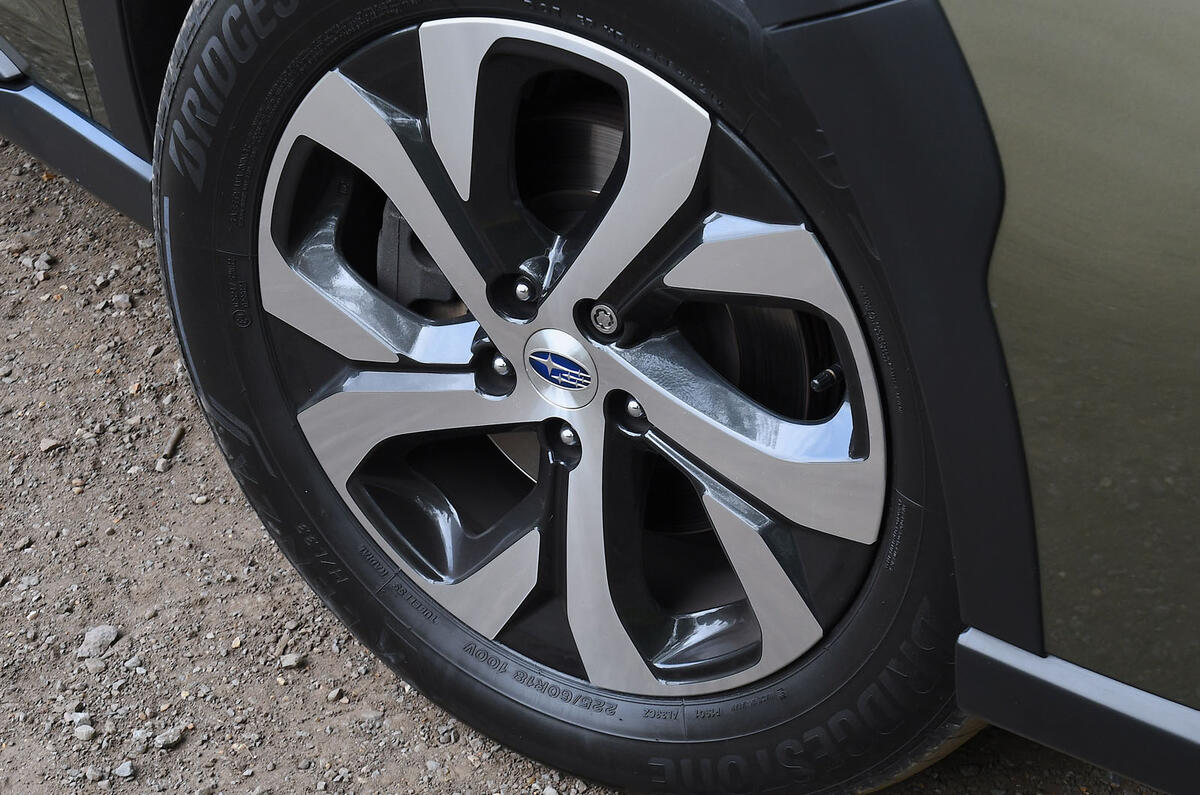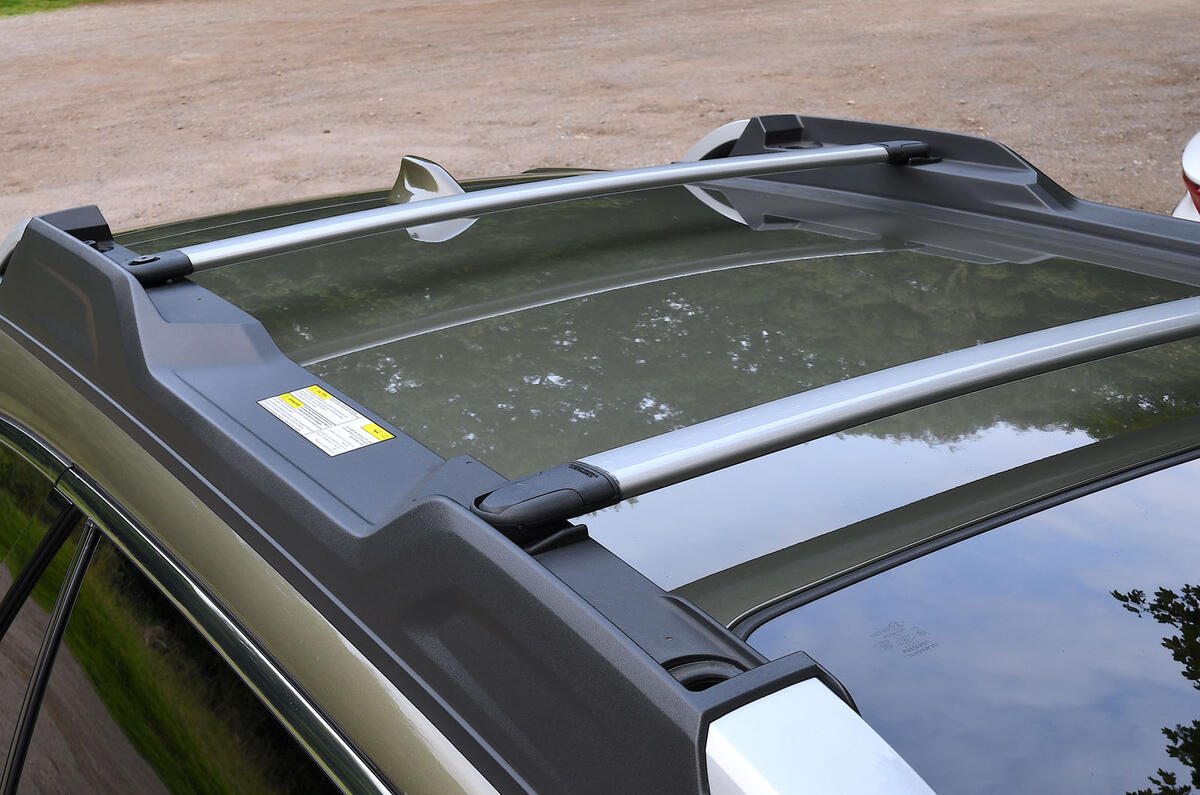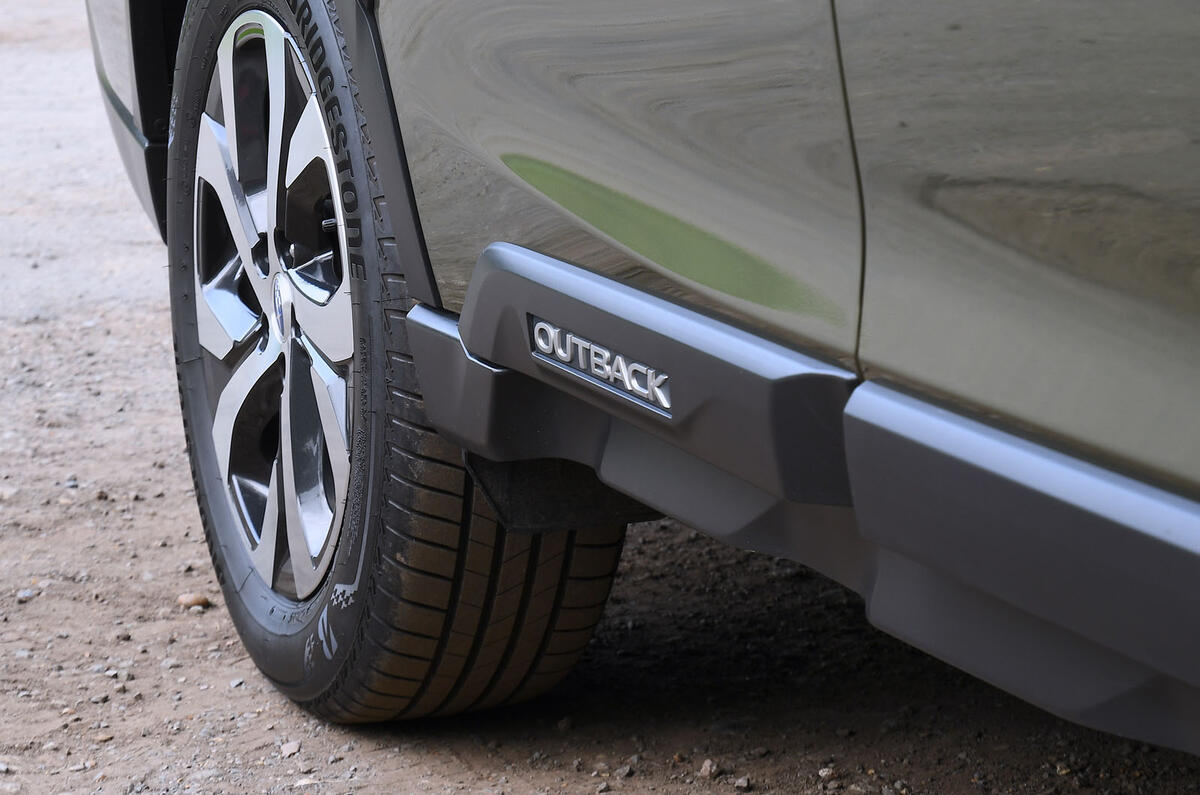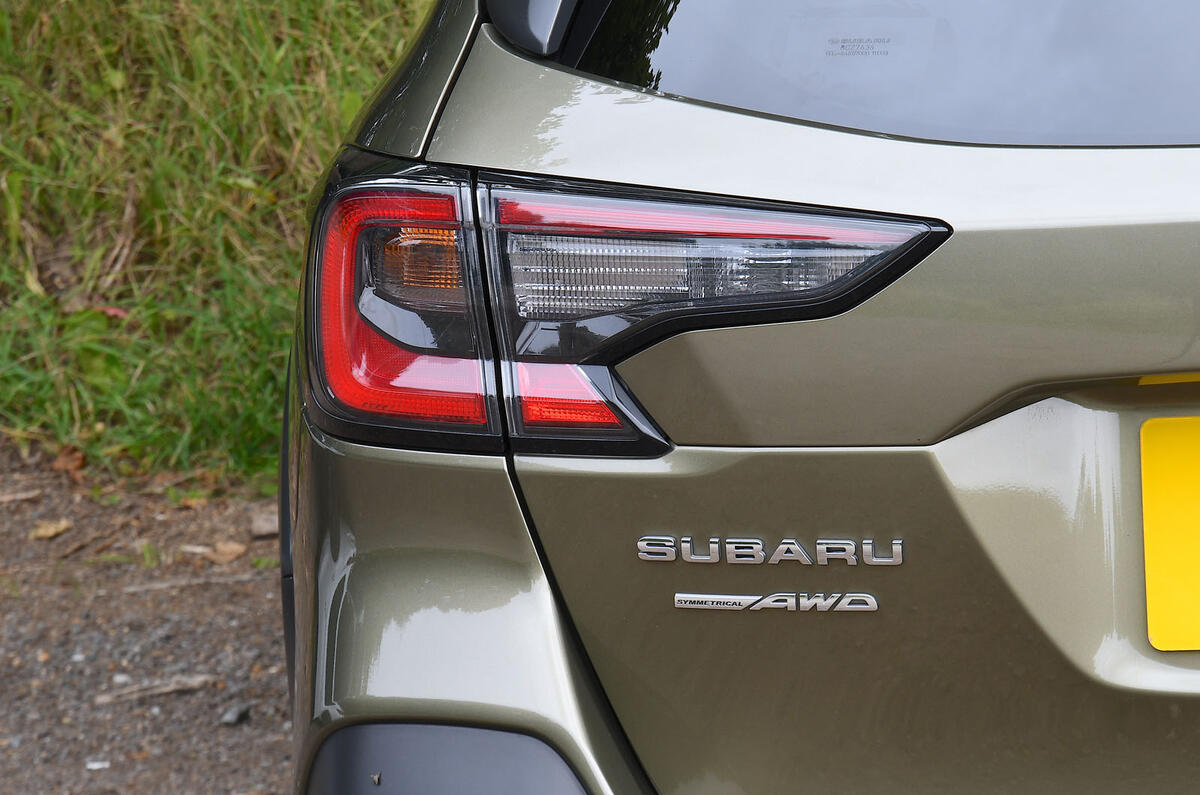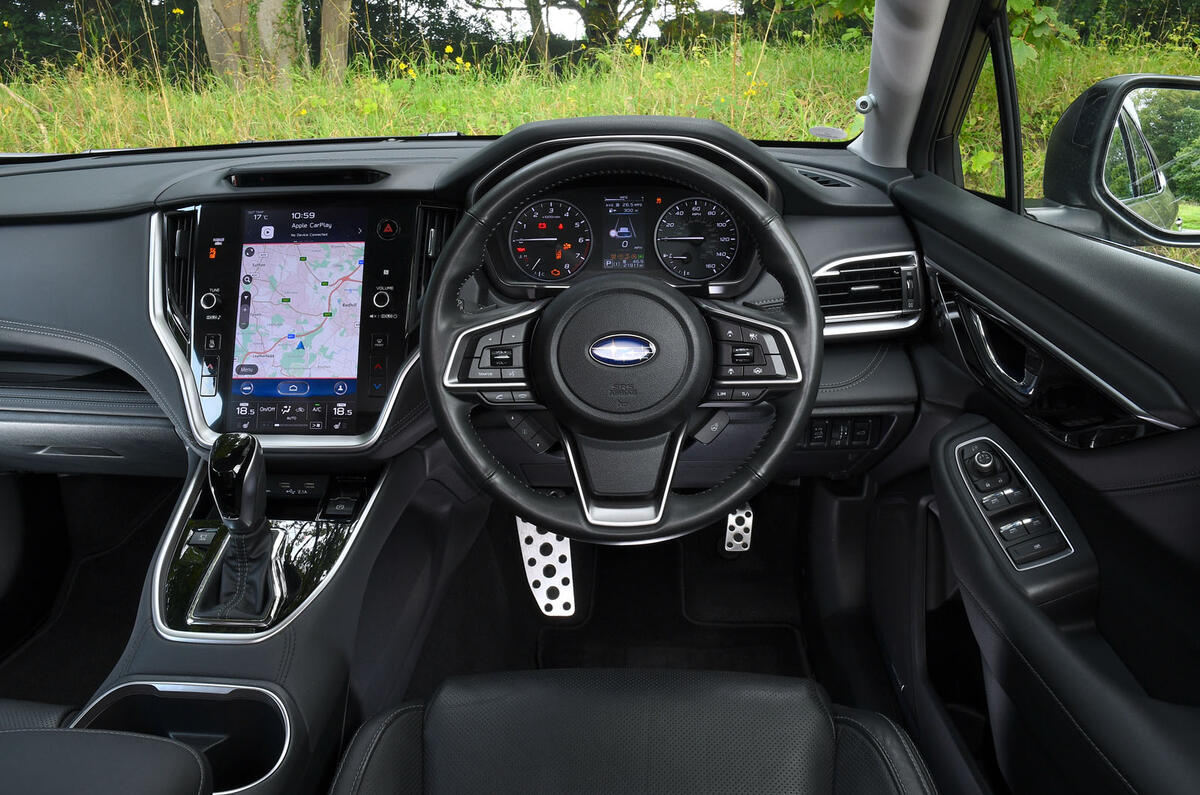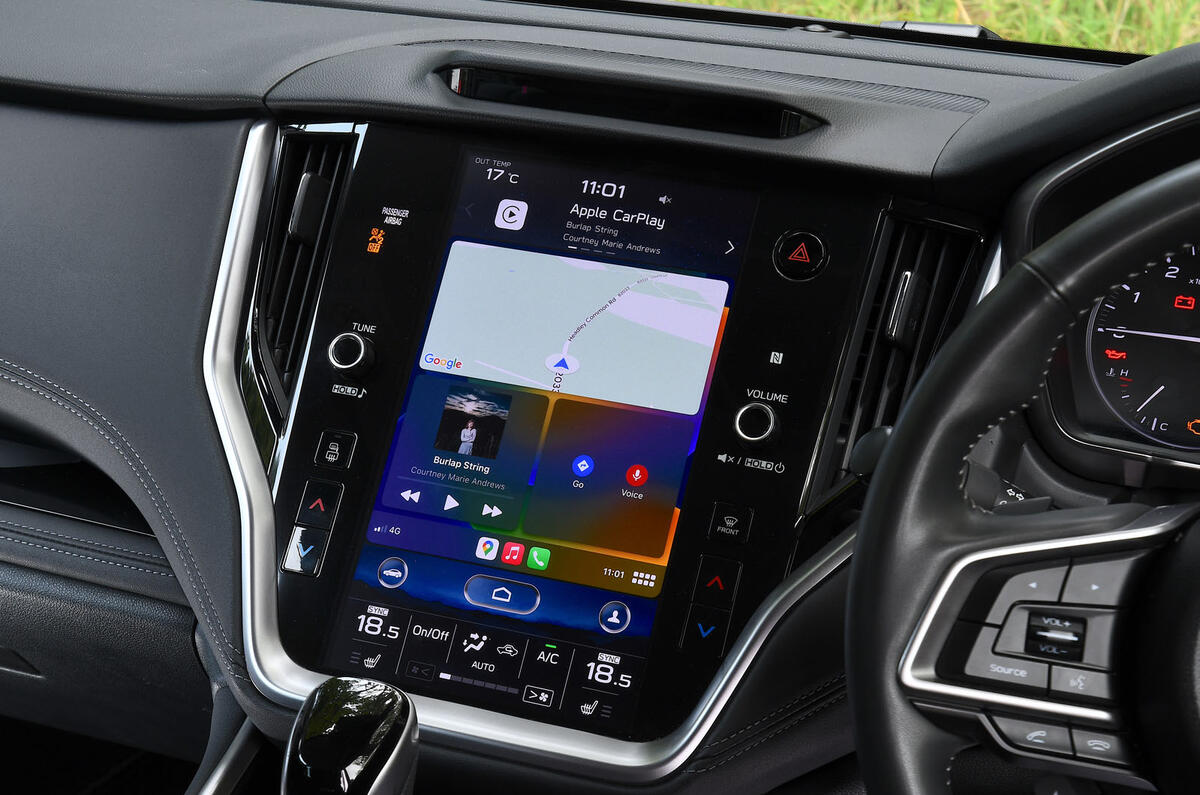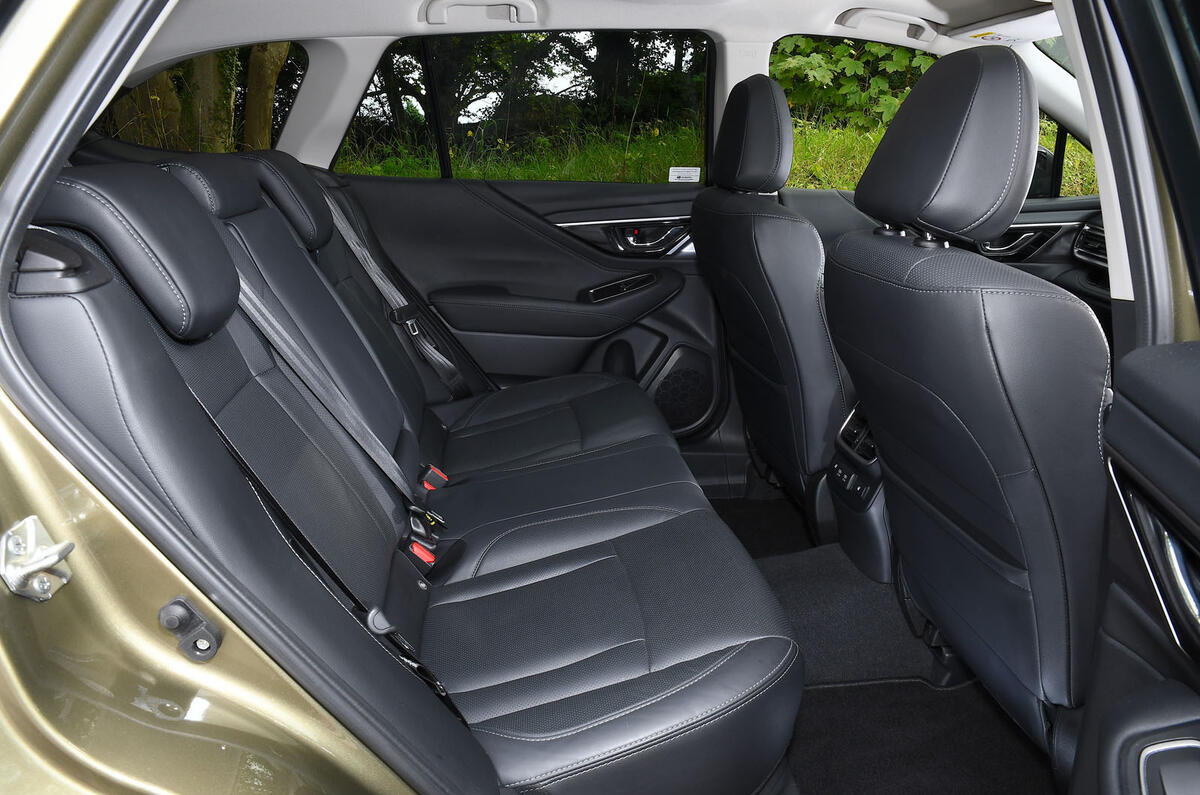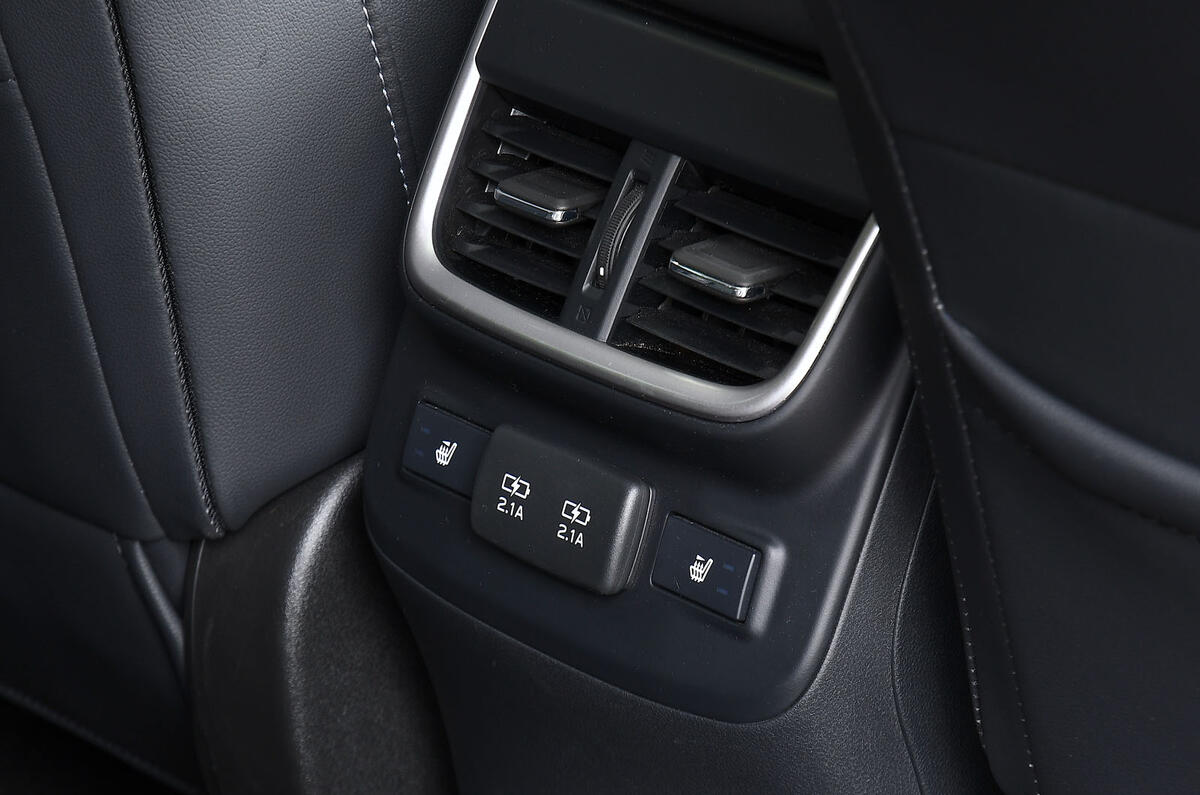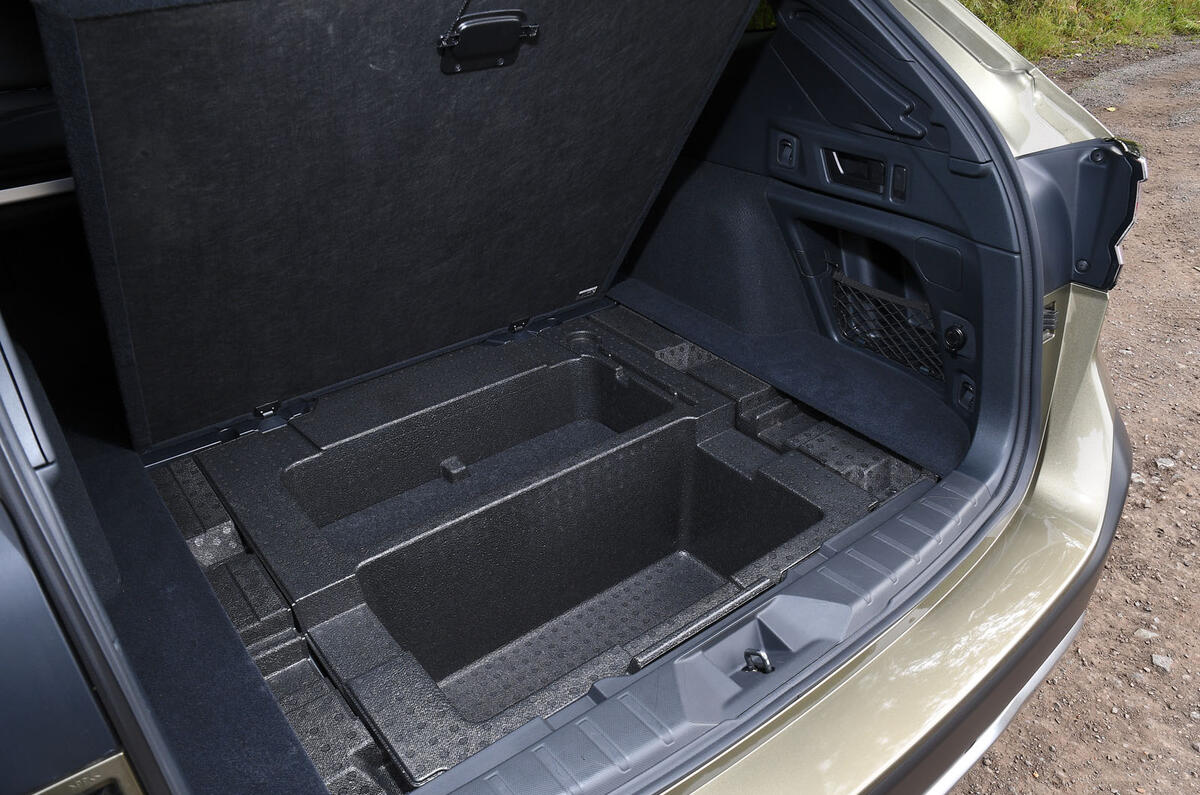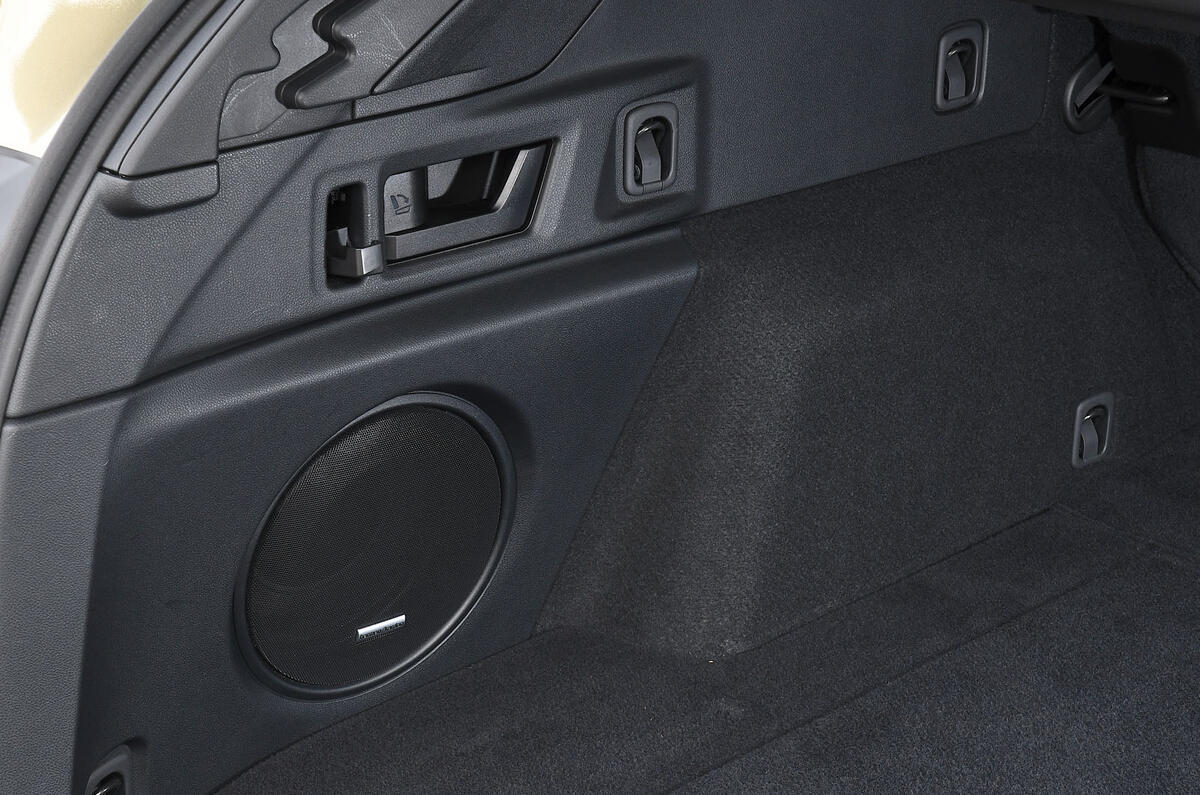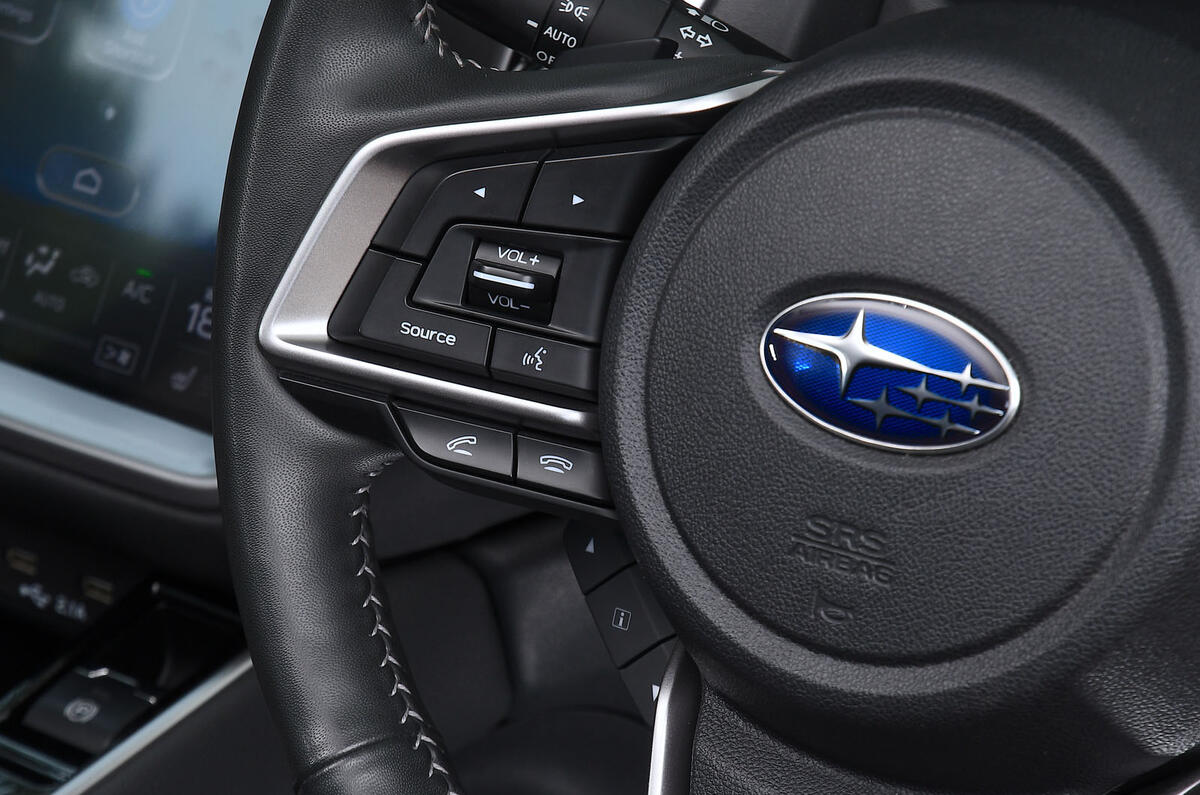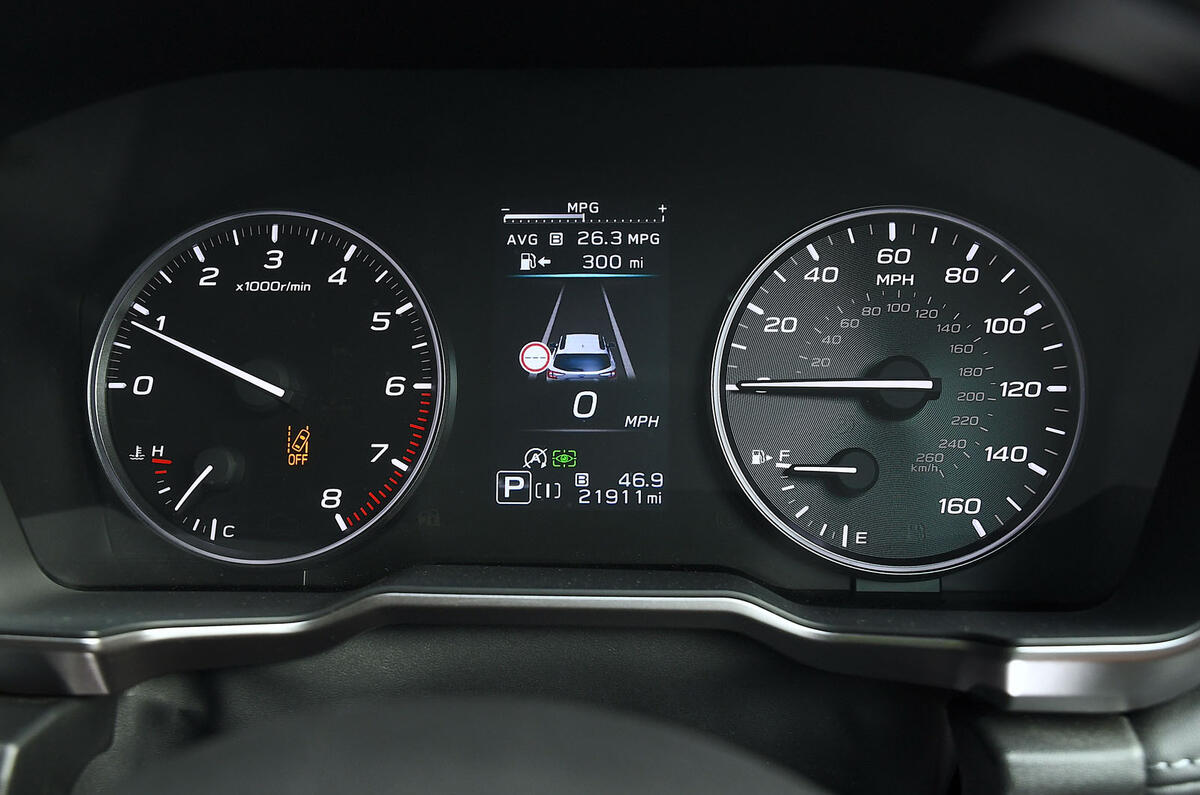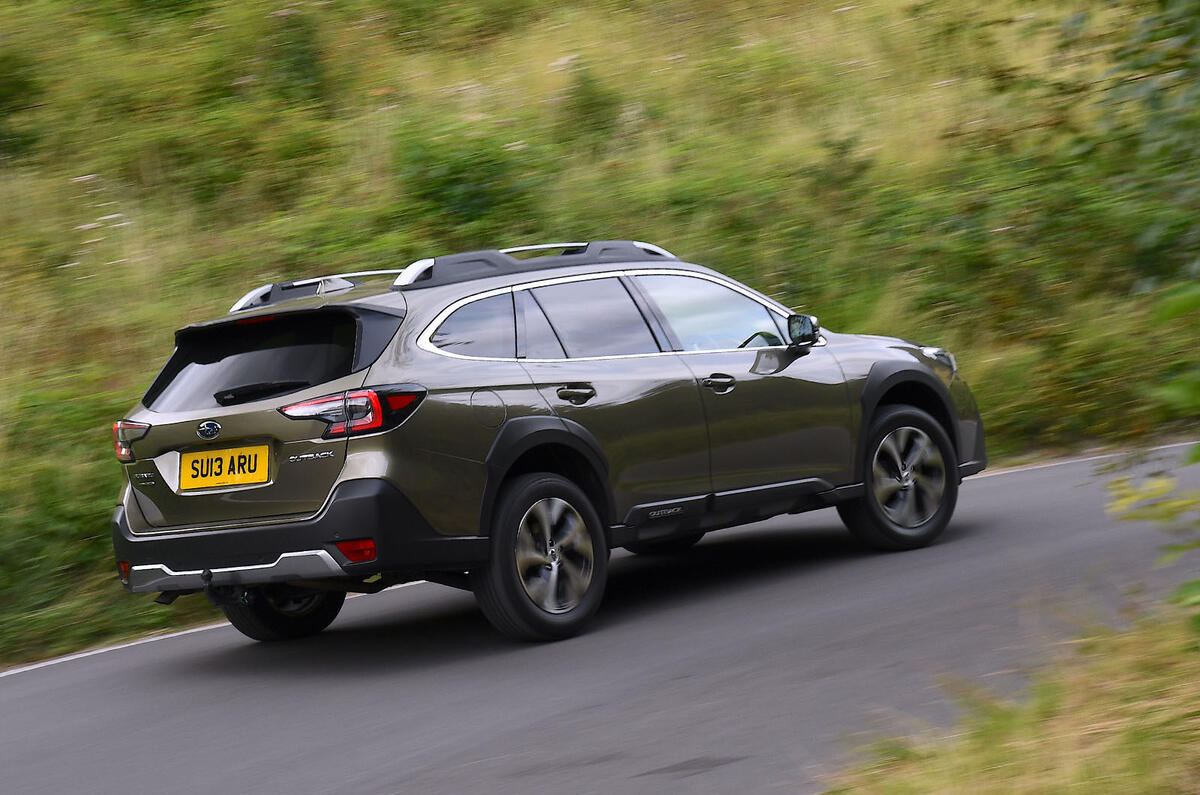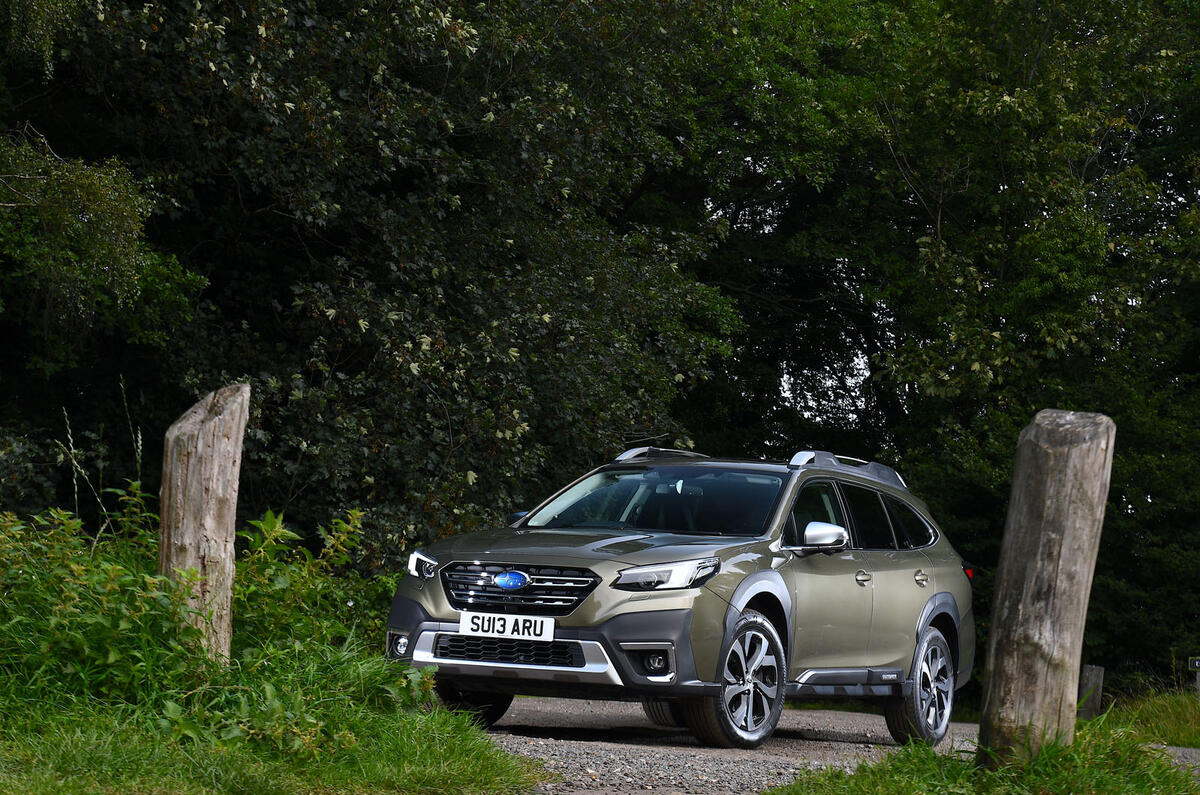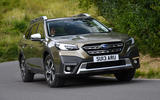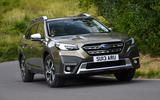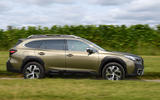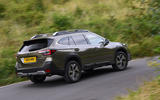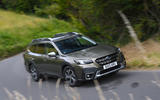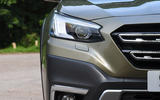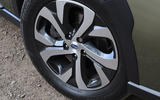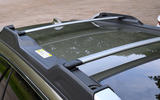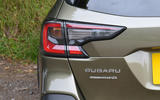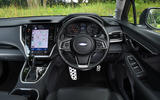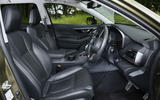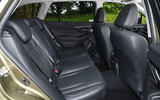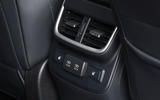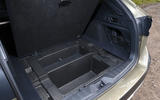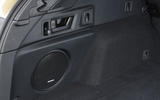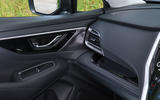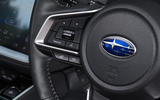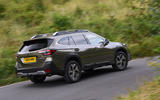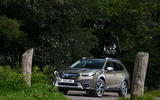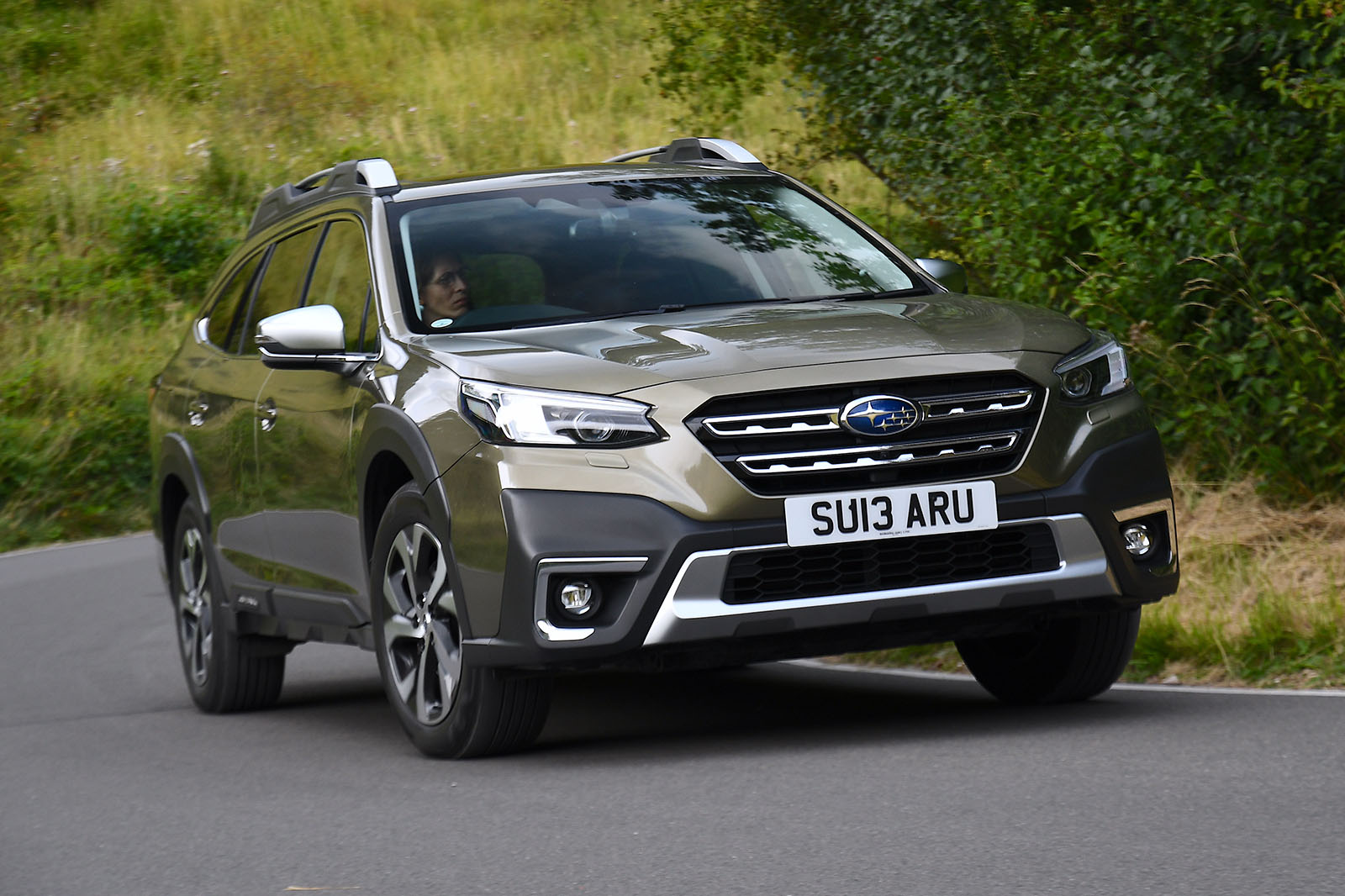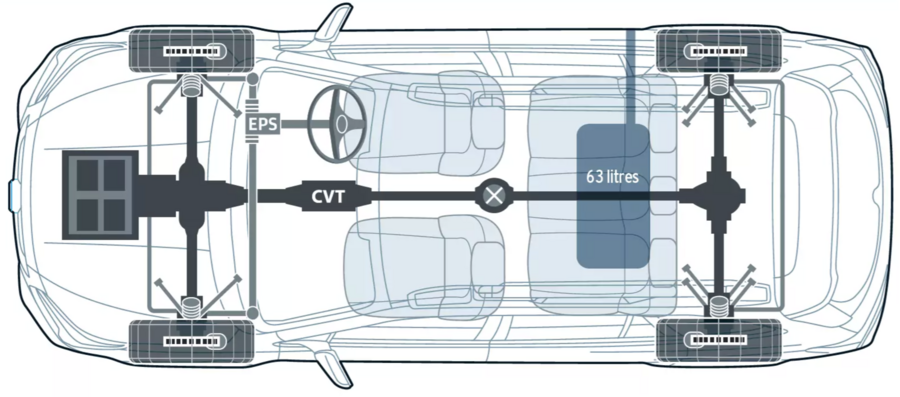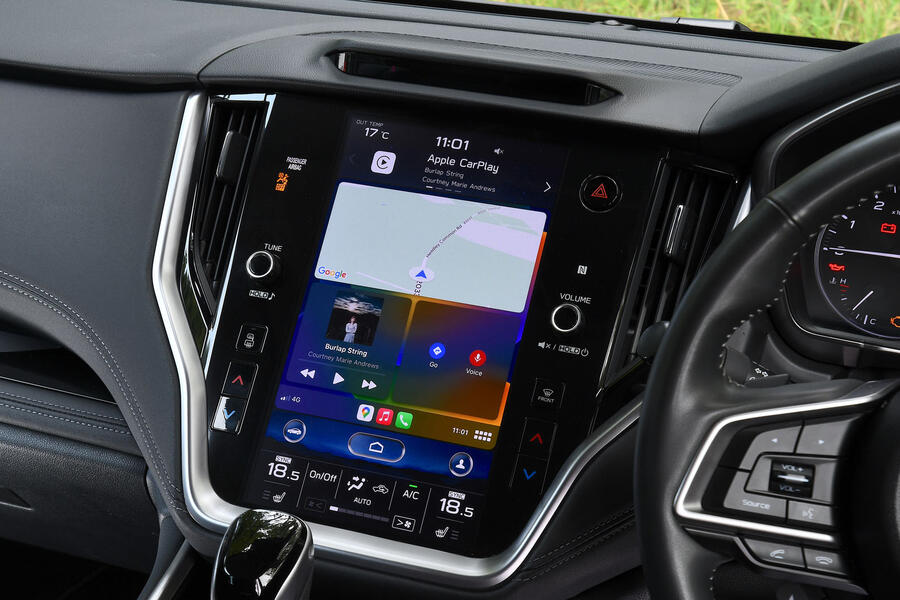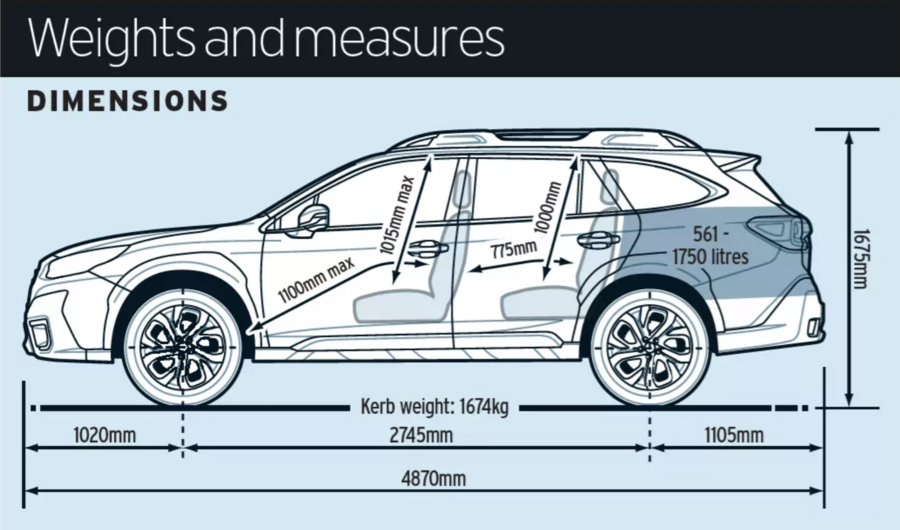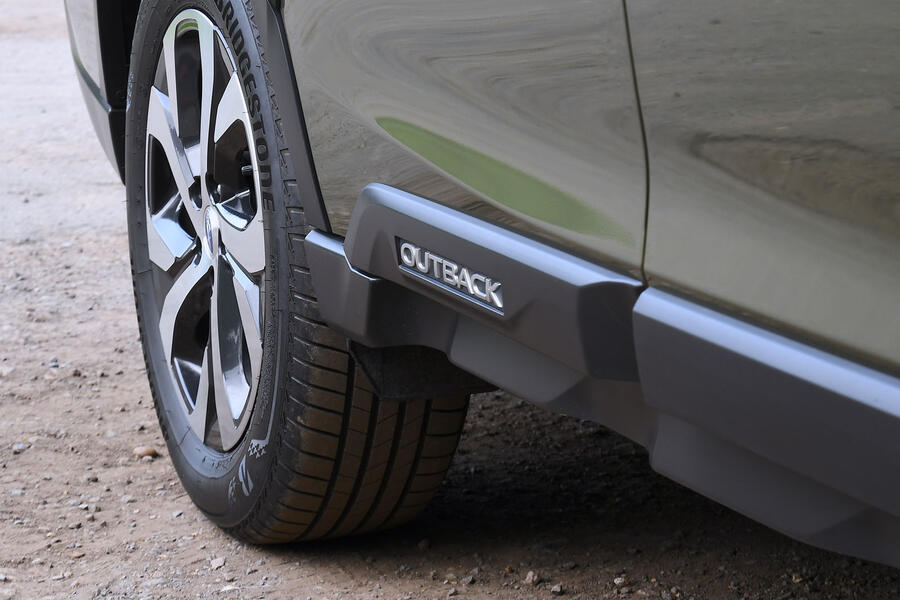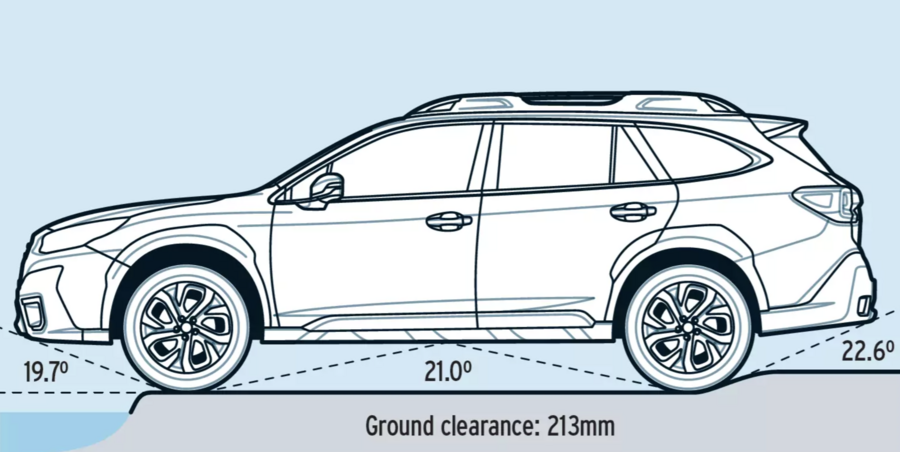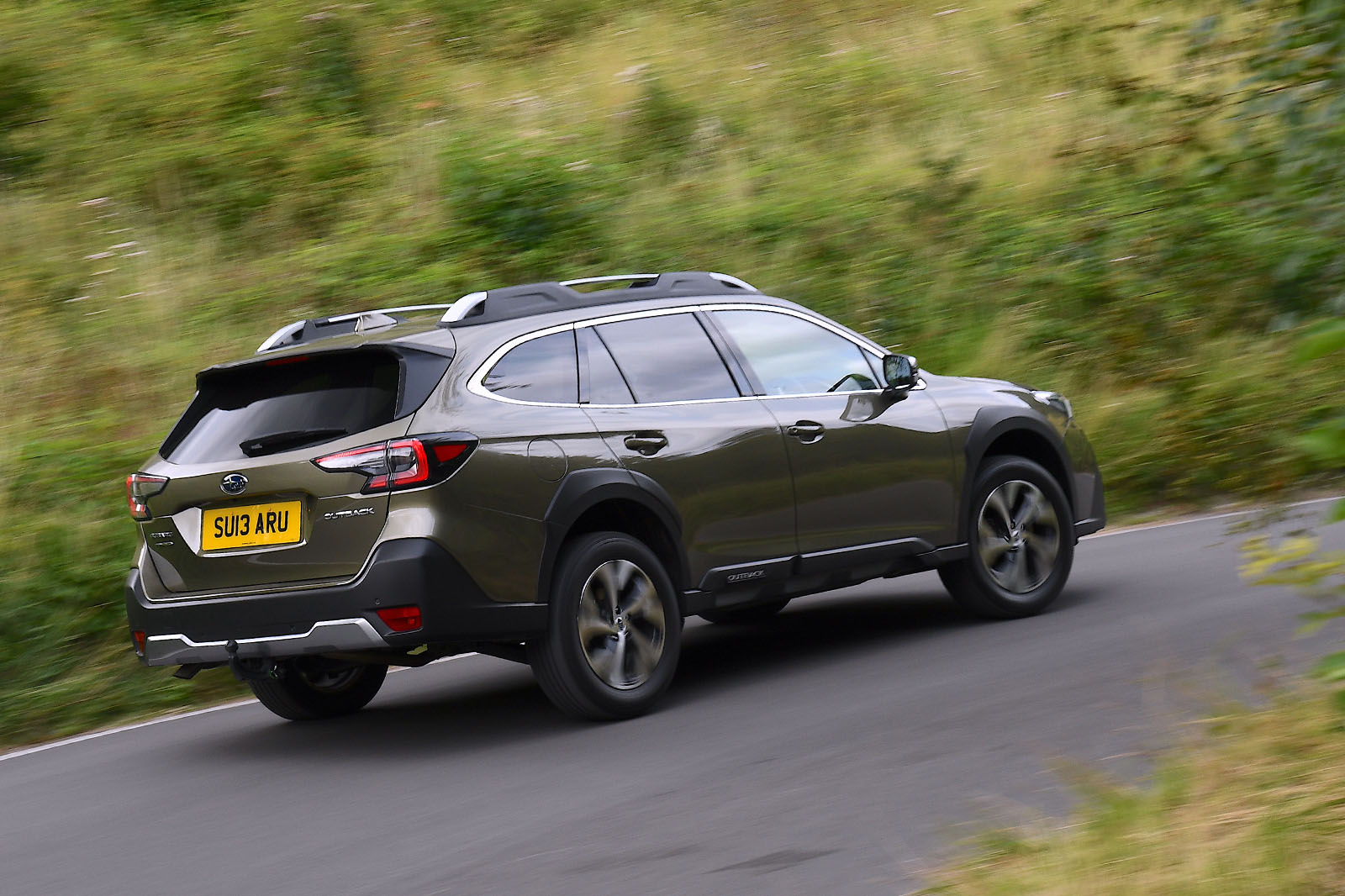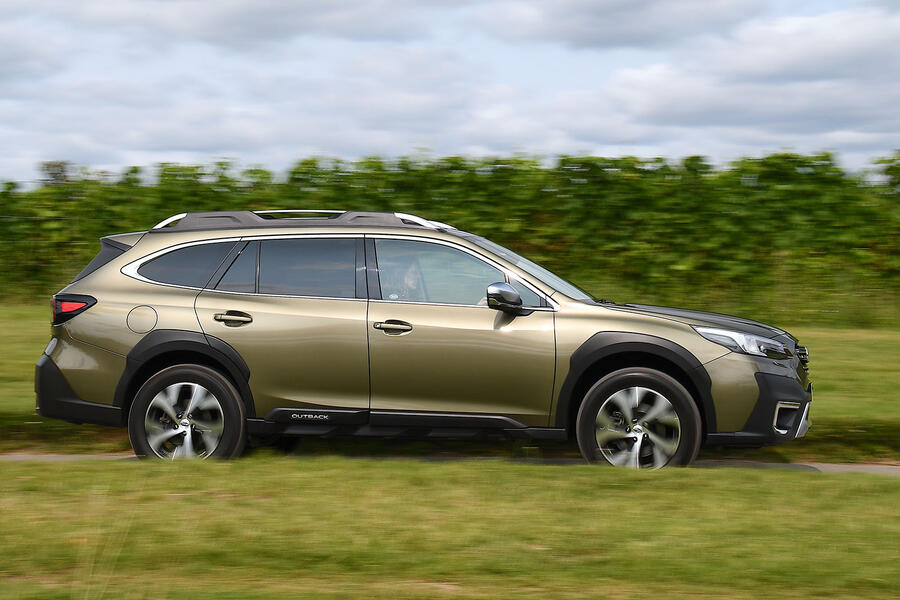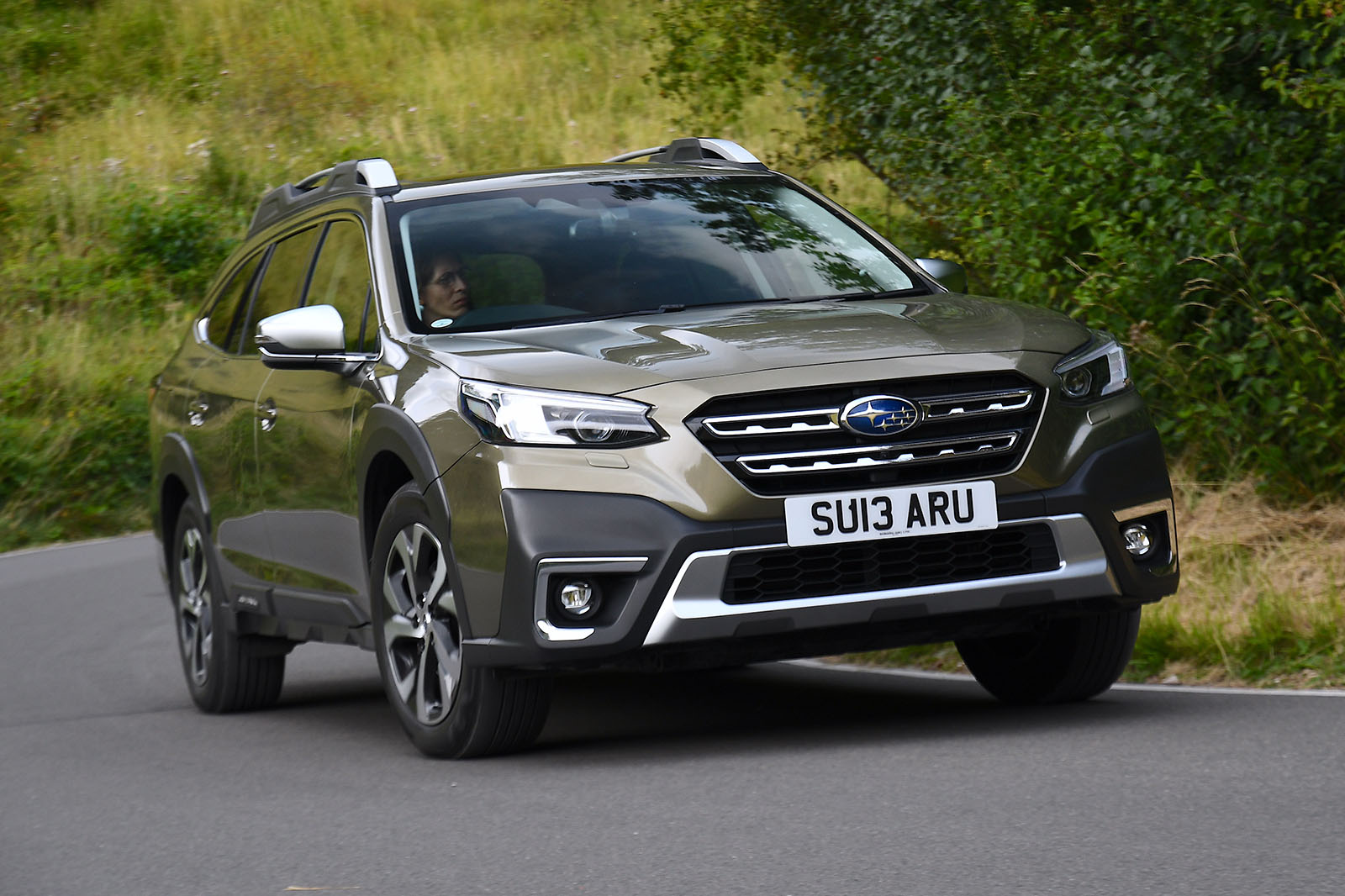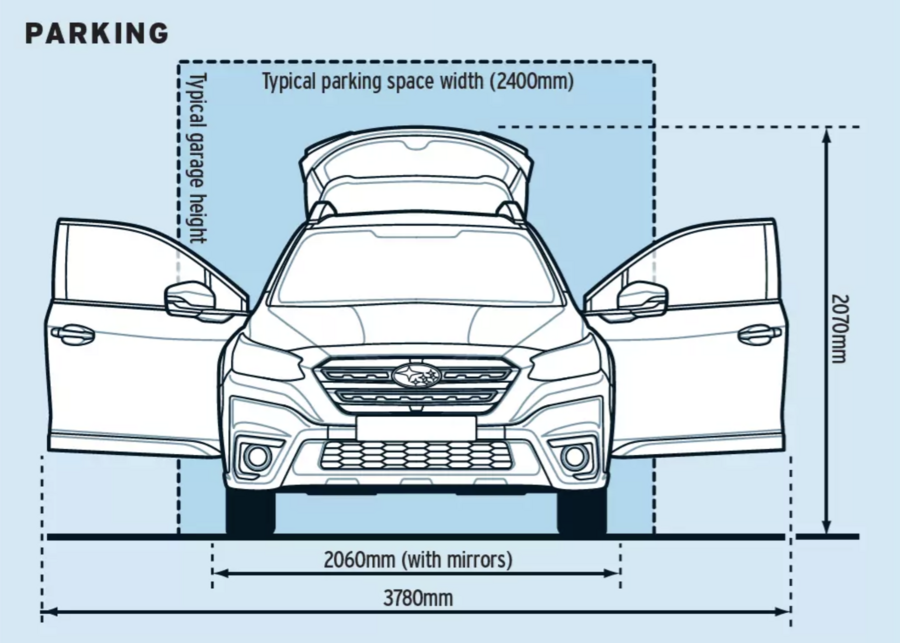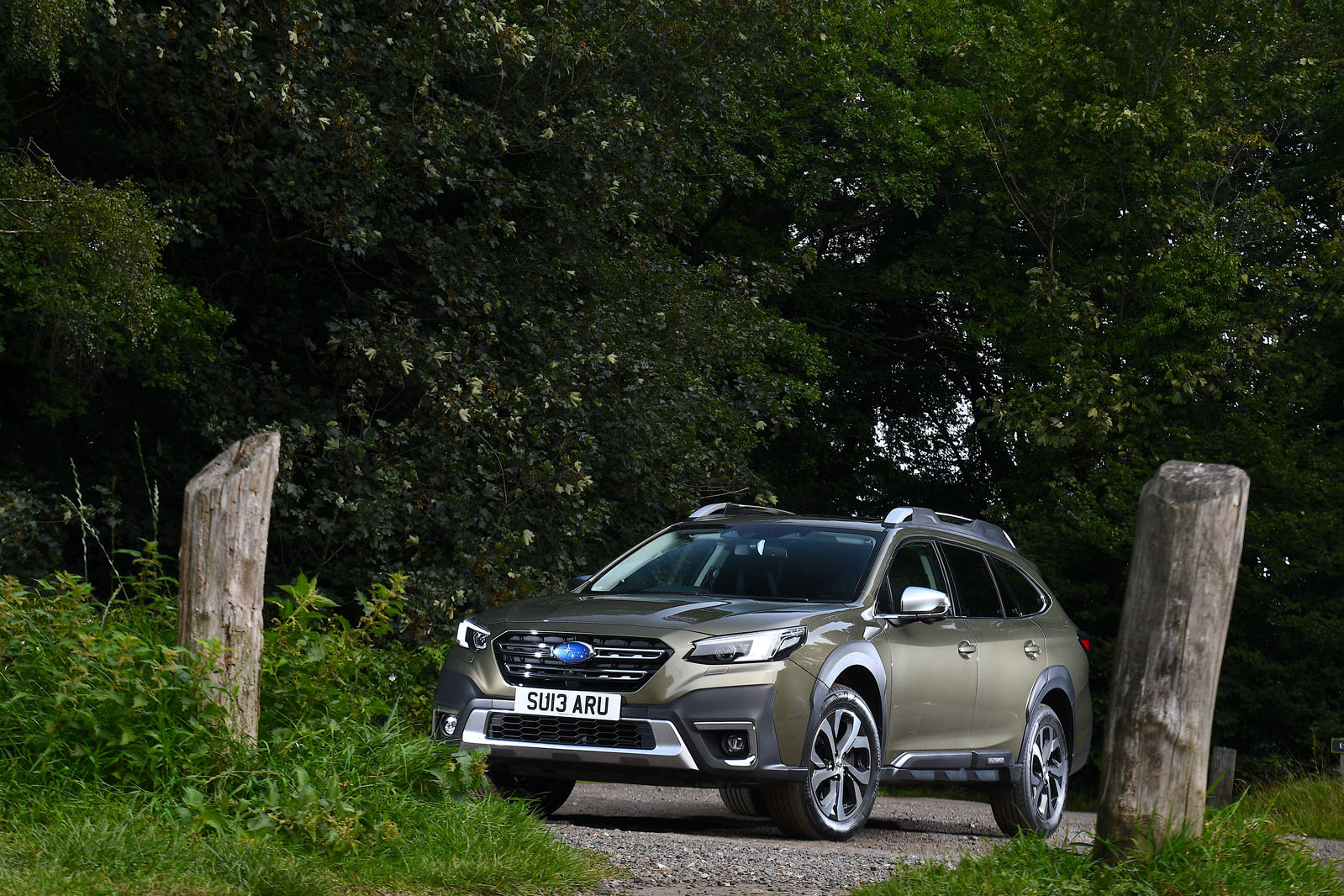Amid the barrage of new models – often electric – it can be easy to forget the handful of smaller independent brands still managing to carve their own path. This all-new generation of the Subaru Outback came out in 2021 but somehow slipped through our net.
That appears to be equally true for media as it is for consumers. In 2022, Subaru sold a mere 1391 cars in the UK. That’s behind Alfa Romeo and Bentley, and only just above newcomer Genesis.
It hasn’t helped that the brand has lacked any kind of halo car for a number of years. The WRX STI (née Impreza) went off sale in 2017 and never received a successor. Although Subaru still makes a WRX complete with a turbocharged flat four and a manual gearbox, it has chosen not to offer that car in Europe.
That is perhaps understandable since hyper-hatches like the Volkswagen Golf R made it rather redundant. However, given how quickly the Toyota GR86 sold out, UK enthusiasts probably would have snapped up a few BRZs as well.
Alas, Subaru has decided that is not how it wants to profile itself in the UK. Those cars have “nothing to do with the Subaru brand as it is today”, then UK managing director John Hurtig told Autocar in 2020.
So what does Subaru stand for these days? The Outback should be a pretty good exemplar. As with previous generations, it’s a no-nonsense lifted estate car with some off-road credentials. Unusually for 2023, it’s powered by a 2.5-litre petrol flat four that lacks not only electrification but also turbocharging. That sort of thing is always going to be quite a niche proposition, but one that might well be very fit for its specific purpose.


